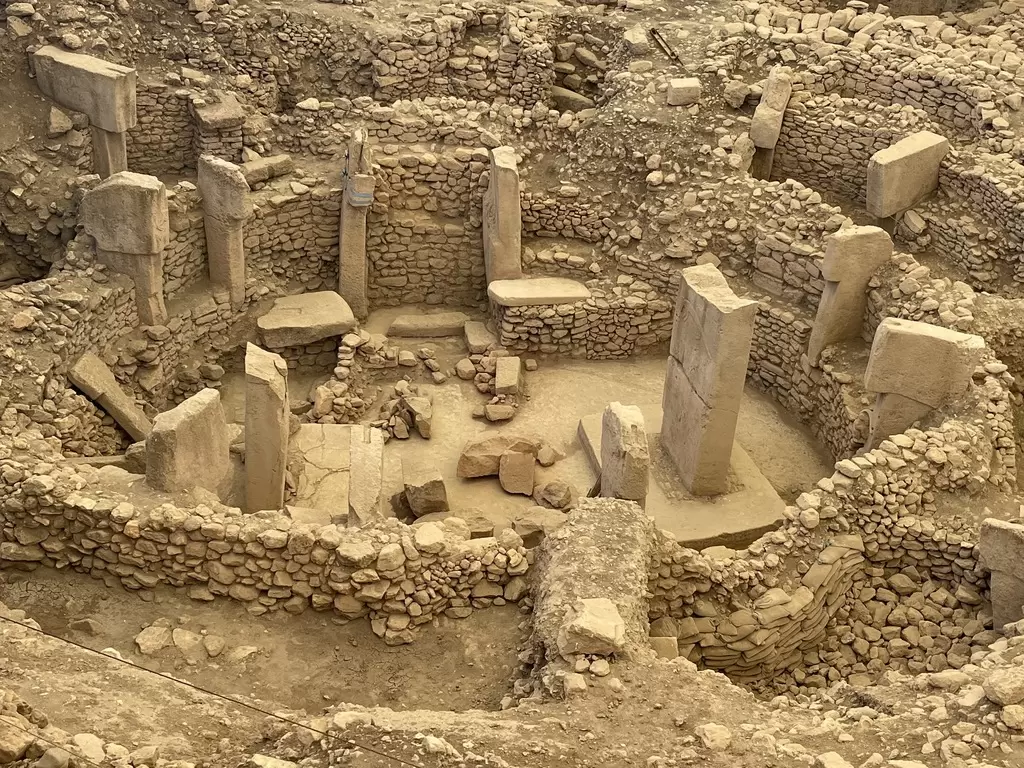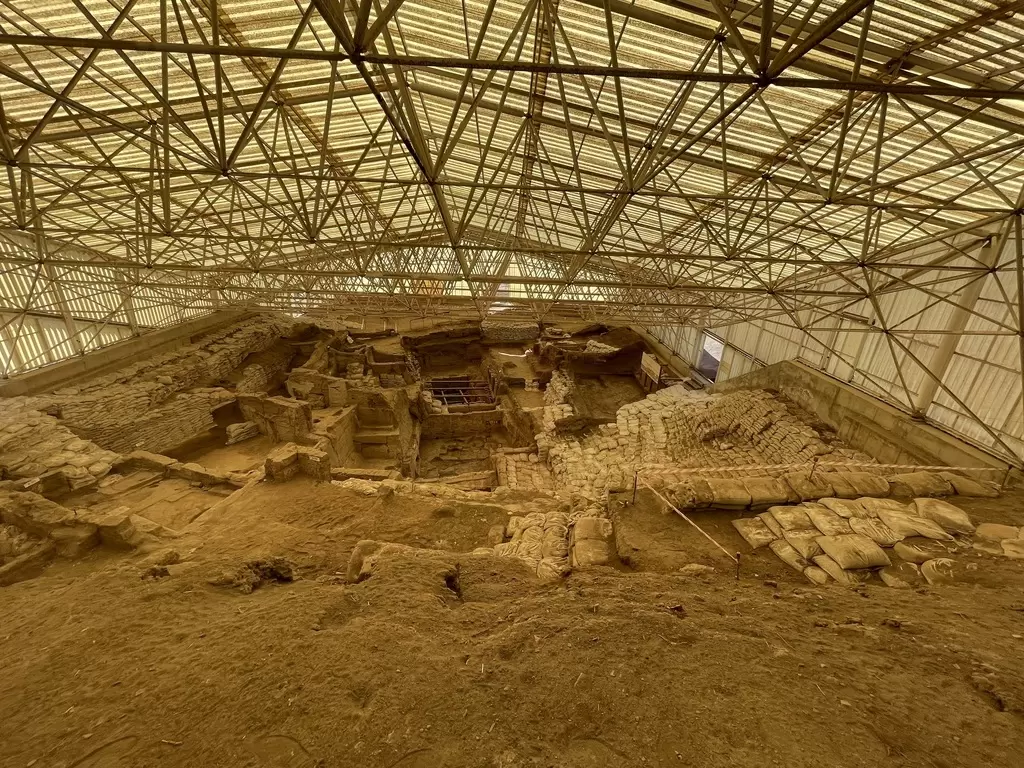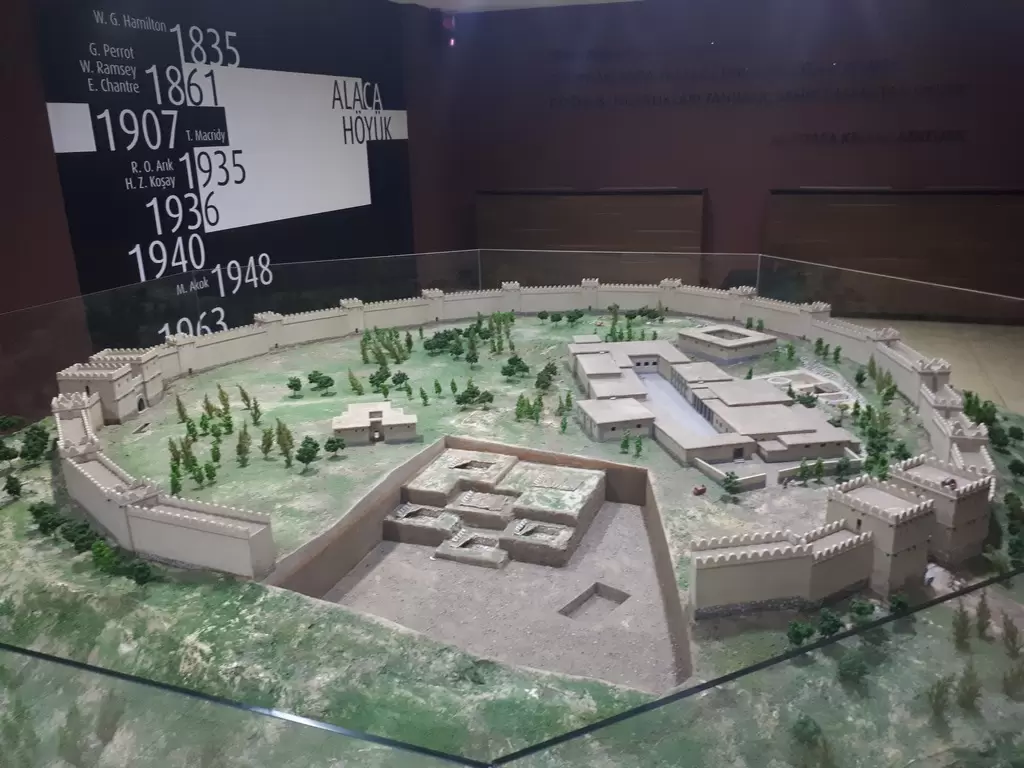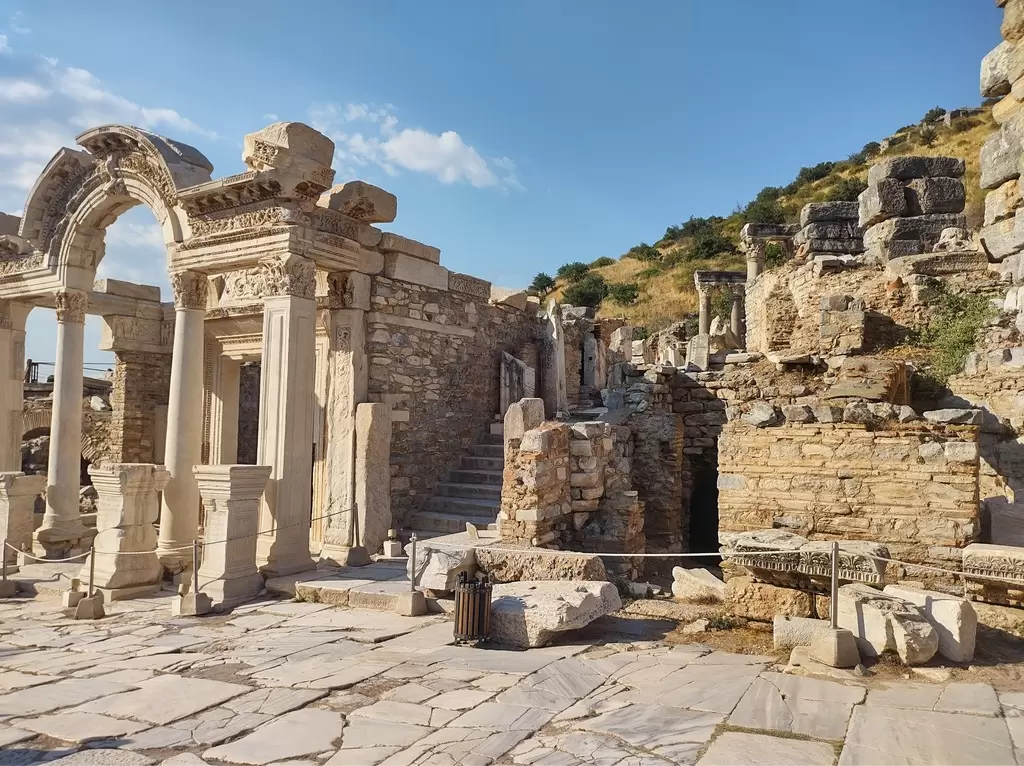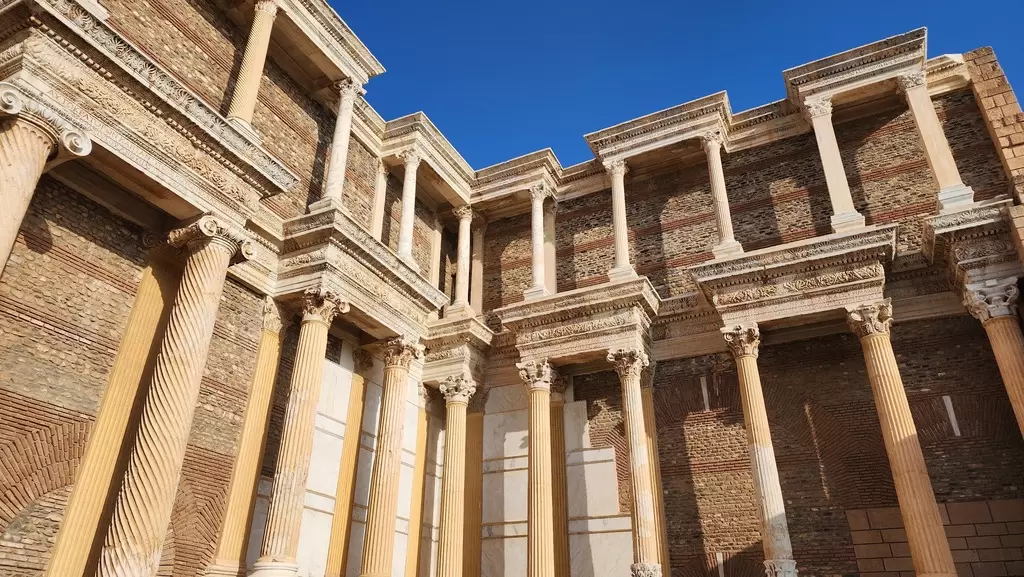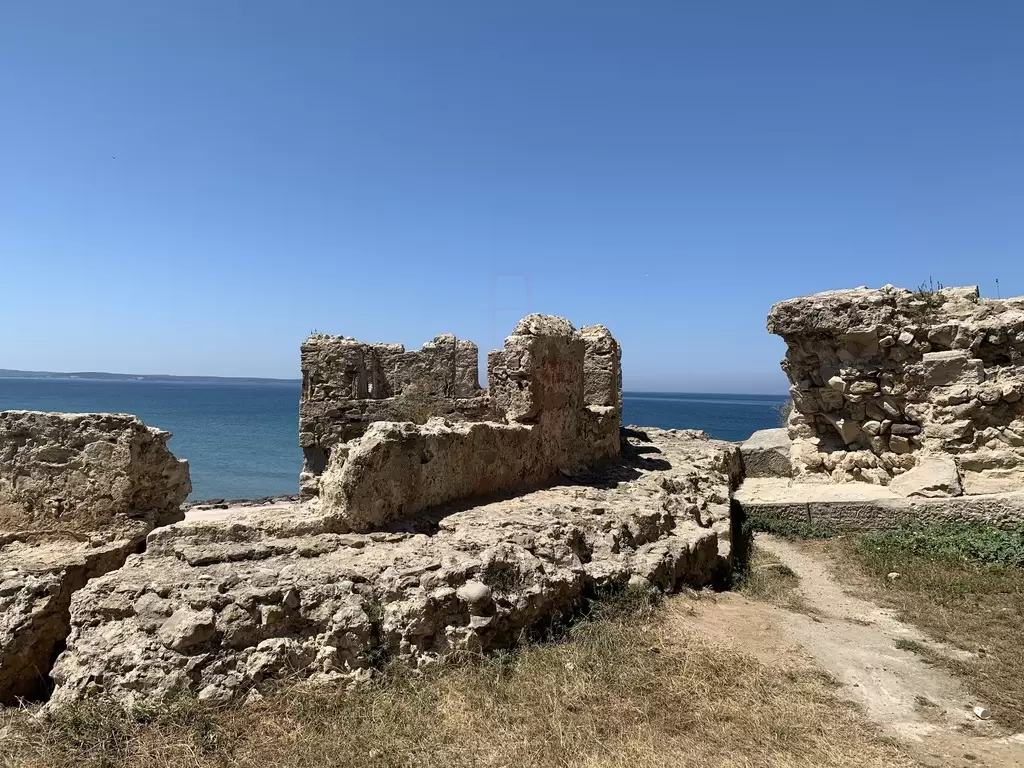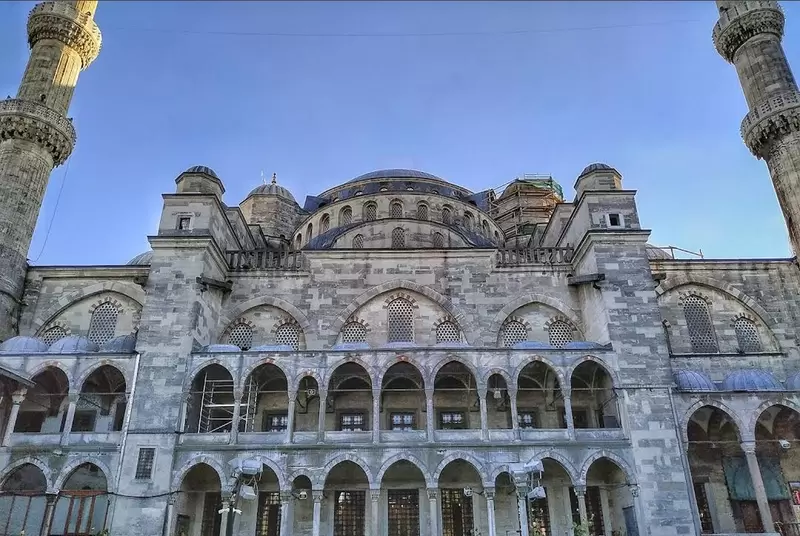
The Ottoman Empire, founded in the late 13th century by Osman I, began as a small principality in northwestern Anatolia. Its strategic location allowed it to expand rapidly, especially following the decline of the Byzantine Empire. The empire reached its zenith in the 16th century under the leadership of Suleiman the Magnificent, who ruled from 1520 to 1566. During this period, the Ottomans controlled vast territories across Europe, Asia, and Africa, establishing a multicultural empire that included diverse ethnic and religious groups.
Anatolia played a crucial role in the empire’s development, serving as its heartland and a significant agricultural base. The Ottomans implemented a sophisticated administrative system that allowed for efficient governance across their vast territories. The millet system enabled various religious communities, such as Christians and Jews, to maintain their own laws and customs while still being subject to Ottoman authority. This policy of relative tolerance fostered social cohesion and economic prosperity.
Culturally, the Ottoman Empire was a melting pot of influences, blending Persian, Arab, and Byzantine traditions. This cultural synthesis is evident in its art, music, and literature. The empire is renowned for its architectural achievements, featuring grand mosques, palaces, and public buildings. Iconic structures include the Hagia Sophia, which was converted into a mosque, and the Topkapi Palace, the administrative center and residence of the sultans. The Blue Mosque in Istanbul, with its stunning domes and minarets, is another prime example of Ottoman architecture.
The empire’s military prowess was a key factor in its expansion. The Janissaries, an elite infantry corps, were instrumental in many military campaigns, and advanced artillery techniques helped secure victories in battles. The Ottomans also established a vast network of trade routes, connecting Europe with Asia and Africa, which contributed to their economic strength.
Despite its successes, the Ottoman Empire faced significant challenges in the 19th century. Nationalist movements emerged within its diverse populations, seeking independence or greater autonomy. The empire also struggled with internal corruption and administrative inefficiencies. Additionally, the rise of European powers and their industrial might put pressure on the Ottomans, leading to military defeats and territorial losses.
The empire entered a period of reform known as the Tanzimat (1839-1876), aimed at modernizing its institutions and military. However, these efforts were met with mixed results. The Balkan Wars and World War I further weakened the empire, leading to significant territorial losses and the eventual collapse of Ottoman authority.
Following World War I, the empire was officially dissolved in 1922, and the Republic of Turkey was established in 1923 under the leadership of Mustafa Kemal Atatürk. The legacy of the Ottoman Empire continues to influence modern Turkey and the broader region, evident in its cultural, architectural, and political heritage. The empire's history reflects a complex tapestry of conquests, governance, and cultural exchange that shaped the course of world history.








